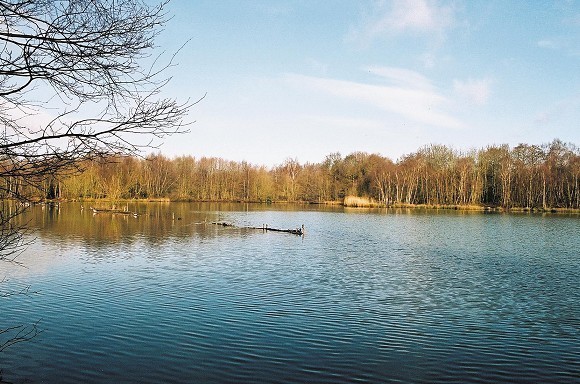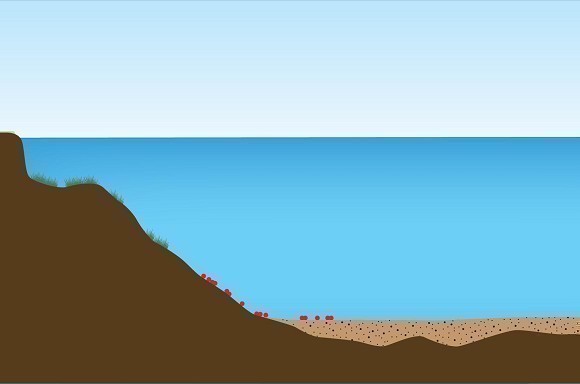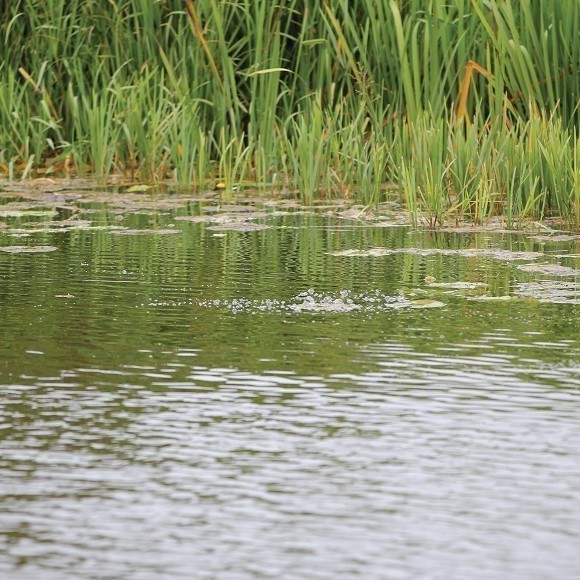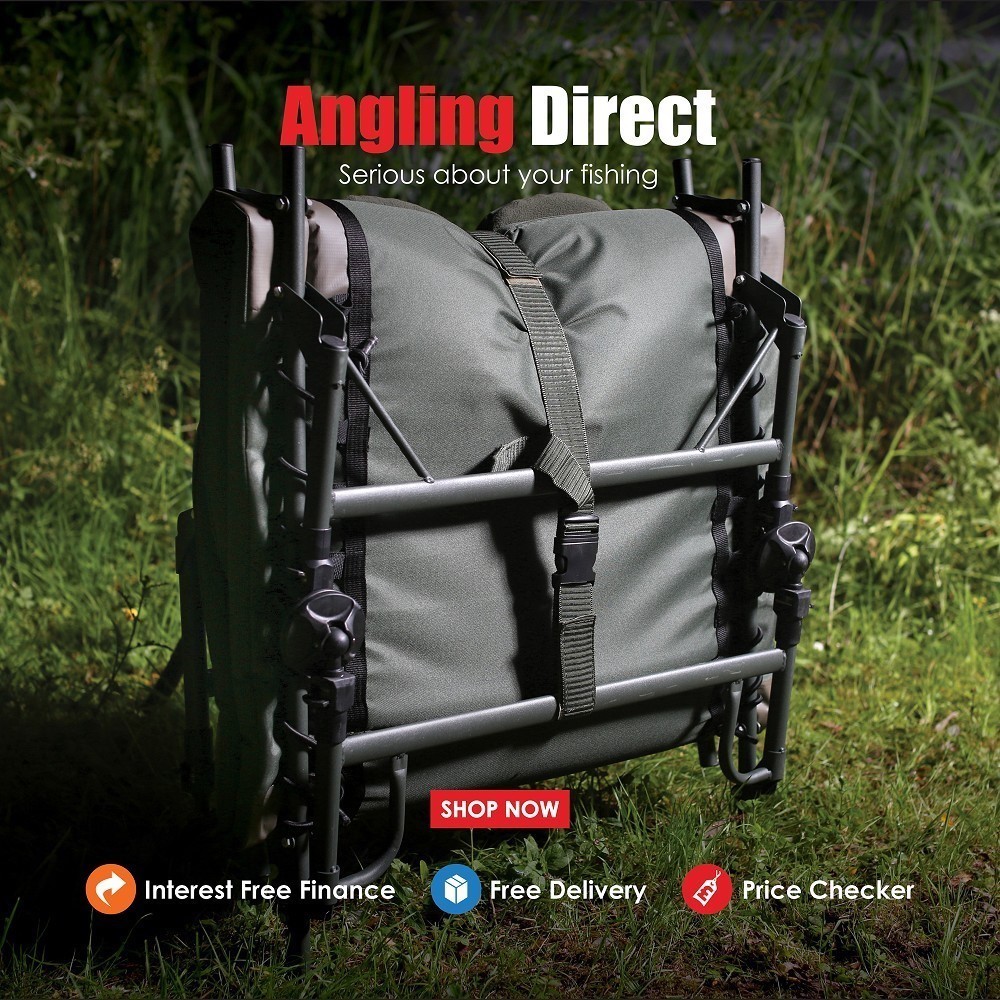
How the weather affects carp in the autumn
College lecturer and carping coach James Anderson analyses how the weather affects carp in autumn and where you can find them
If you ask any top angler what the most important factor in carp angling is, they will more than likely say location. But it’s something I see many anglers getting wrong on a consistent basis both when I’m coaching and fishing for myself. Knowing what to look for and taking the time find the fish will catch you so many more carp than any wonder rig.
The majority of my angling is based on finding feeding fish and presenting good quality bait and simple rigs in areas where the fish are comfortably feeding. If you can present your rigs in an area where the fish are already active and feeding then you have made a huge step towards getting a bite, and at times in this situation it can become very easy. As the saying goes, you can’t catch what’s not in front of you and that’s why getting on the fish is vitally important for success!
At this time of year temperatures have been slowly declining and the carp will be looking to feed well, in order to build up energy reserves for the potentially long hard winter ahead. This will be one of the key factors in locating them and if you can find where the fish are naturally feeding then you could be onto a winner.
With the drop in temperature the fish will begin to sit at different water depths to what they have been over the summer months as they move into deeper areas in the search for warmer water. As air temperatures cool, lakes lose heat from the surface downwards meaning deeper water often stays warmer for a longer period of time into the cooler months. This surface cooling continues until the whole water body has dropped in temperature, which in large lakes can take several months.
- Shallow areas are the first to cool down in the autumn. The temperature in these areas can be around 5-6 degrees, but varies through a 24 hour period.
- In the mid depths of around 8ft, temperatures can change very rapidly over a short distance. A difference of 5-6 degrees over a few feet is not uncommon.
- Bait landing on marginal slopes can end up being washed into deeper water.
- Temperatures in deeper areas (around 16ft) are much more stable and hold on to residual heat from the warmer months. Carp will actively seek these areas, where they feel more comfortable. Temperatures in these areas can still reach 10-12 degrees.
In the cooler temperatures, the deeper areas will begin to come into their own. Due to the carp being cold blooded they search out warmer water where they feel the most comfortable.
These deep areas are often silty as rotting detritus breaks down and gets washed into the deeper parts of the lake.
An important clue to look out for is fizzing on the water’s surface, which can be caused by fish feeding in the silt and disturbing gases that have built-up and become trapped. If you can find areas where you regularly see these signs then it is a good indication the carp are comfortable feeding there.
A good starting point when searching out deep water feeding areas is at the bottom of the marginal slope. Any bait introduced onto the slope will find its way to the bottom and settle in the silt creating a natural feeding area for carp.
At this time of year the carp should be feeding heavily so introducing plenty of bait into deeper areas can produce good results. The carp will also begin to shoal-up as they search for areas holding food so October can be a month that produces some big hits of fish for those that put the effort in and get the location right. Good quality boilies often work very well in these conditions and if you can introduce a kilo or two into an area the carp are happy to feed in, they will often respond with enthusiasm.
Alternatively I have also seen Spodded areas produce large numbers of bites in the autumn months, a Spod mix of hemp, pigeon conditioner, sweetcorn, trout pellets and boilies always goes down well when the fish are on the feed in good autumnal conditions.
You don’t need to get too caught-up with complicated rigs when you get the location right and the fish are getting their heads down for a big feed. I favour a simple coated braid hooklength fished ‘line-aligner’ style and a lead clip. Hookbaits can vary but if you are fishing in the silt then a boilie balance with some pop-up foam work well, helping to prevent the bait from sinking into the silt and providing some visual attraction when fished over a bed of particle. Alternatively a cork ball pop-up can ensure your bait stays visible to the fish if fishing over a spread of boilies.
So there you have it - good luck this autumn and make sure you get on ‘em!







